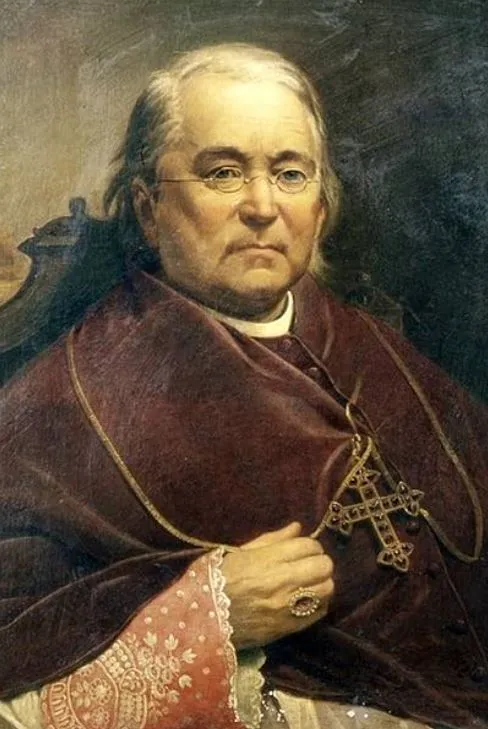This Hour of Direst Need: Bishop Spalding Besieged by the Confederates
- Michael Snellen

- Mar 11
- 3 min read
Updated: Mar 12
A look at the persevering faith of the Archdiocese of Louisville amidst the destruction of the American Civil War
“A house divided against itself cannot stand,” remarked Abraham Lincoln, quoting Christ.
As the Archdiocese of Louisville faced the chaos of the Civil War, our Catholic ancestors stood united.

You are reading the Flaget Report, local journalism from the heart of the American Catholic Church
The following is a curated excerpt from The Life of the Most Rev. M.J. Spalding by John Lancaster Spalding
The danger of civil war was now becoming each day more imminent, and Bishop Spalding enjoined that the prayer for peace should be said in his diocese at all the Masses.
Missions were given, about the same time, to the congregations of St. Patrick and St. John. Six thousand five hundred persons approached the sacraments in the three parishes, and fifty converts were received into the church.
In the fall and winter of 1861, the outlook in Kentucky was anything but encouraging. A hundred thousand Federal troops lay between Louisville and Bowling Green, and the State, south of Green River, was held by a large Confederate force. Everything seemed to indicate that Kentucky was to become the great battle-ground of the war.

"My diocese" wrote Bishop Spalding, “is cut in twain by this unhappy war, and I must attend to souls without entering into the angry political discussion."
He did all that lay in his power to provide for the spiritual wants, and, in a measure, the bodily comfort, of the soldiers, without stopping to enquire on which side they were fighting. To General Anderson, the Federal officer in command of his department, he offered the services of the Sisters of Charity, to nurse gratuitously the sick and wounded.

The offer was accepted, and the Sisters were soon placed in charge of most of the hospitals. In those of Louisville alone, there were at one time over four thousand sick and wounded soldiers.
What our noble Sisters did around those beds of agony to alleviate human suffering has not been written. Their deeds belong to God's history, and when the final reckoning is made they, perhaps, may weigh more than victories won or battles lost. In the hospitals of Louisville they baptized over six hundred men, who, when the world was fading from sight, sought the light of heaven.
(...)
The Siege

General Bragg, at the head of a large army, entered Kentucky, and marched without opposition to within forty miles of Louisville, where the Federal troops were not at all prepared to meet him. The wildest excitement prevailed in the city. General Nelson, who was in command, ordered the women and children to be ready to leave at a moment’s notice, as the arrival of the Confederate army was hourly expected. Indeed, it was reported that Bragg had defeated Buell, and was already in sight of Louisville.
Men, who had ascended the towers of the churches, announced that they could see the dust and hear the din of the approaching army. To add to the general terror, Nelson, it was said, intended to burn the city in case he should be forced to abandon it. Thousands crossed the Ohio to seek refuge in Indiana, where some died from exposure.
On the day when the panic was greatest, Bishop Spalding wrote in his journal: “God knows what is best for his own glory, and, after chastising us for our manifold sins, he will have mercy and spare us. For myself, I am resolved, with his holy grace, to live and die with my children. I shall not leave my post, nor the sanctuary which I love. There my bones may be laid in the tomb prepared for me by the side of my saintly predecessor. This is my last will and testament, not knowing what tomorrow may bring forth. God help me and my people; may our sweet Mother in heaven smile upon and protect us in this hour of direst need.”

If you enjoyed this, do consider visiting our history section, sponsored by the Kentucky Catholics Historical Society where you can learn more about the Catholic Church in Kentucky, one of the most inspiring stories in history
.png)



Comments